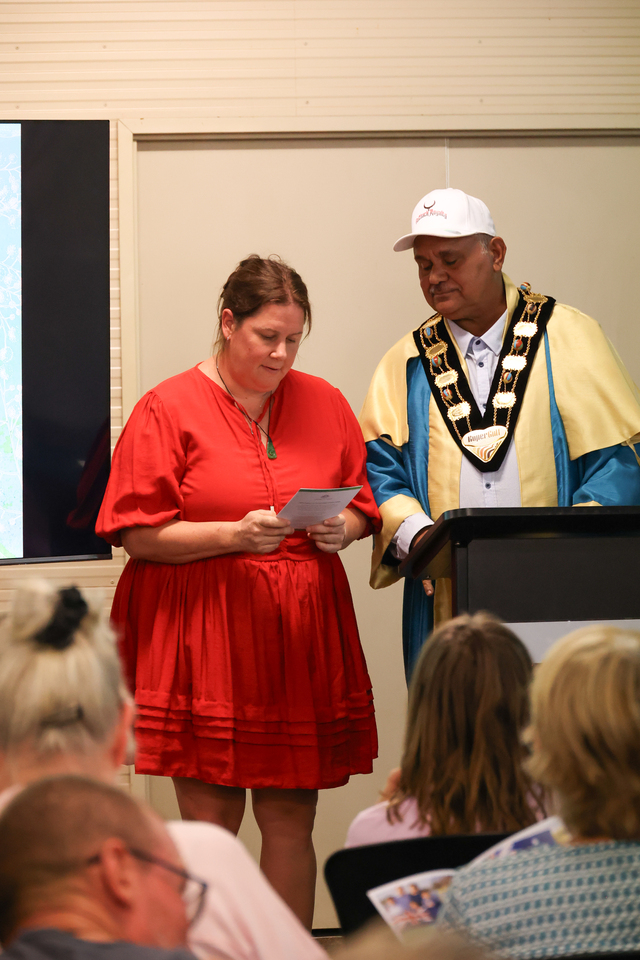The UK Experience by Malcolm Morley *
In England the roles of public sector assets are being reviewed in terms of their contribution to individuals/communities and the value they provide within communities. Increasingly different public sector organisations are looking to rationalise their asset portfolios and to generate more value from their investment in assets.
A huge amount of value is tied up in physical assets and a huge amount of cost is incurred maintaining and occupying physical assets such as buildings. Central Government is encouraging all public sector organisations to liberate the value from physical assets to enable it to be re-invested in much needed alternative asset provision/infrastructure provision and to re-invest the savings in the revenue costs of occupation in front line service provision.
This renewed interest in asset management has led to public sector organisations reviewing the need for buildings and to review ways of working. Working from home is increasing as is the use of technology to keep front line staff in the field longer rather than stuck in the office.
Councils are reviewing their assets and the role of the old Town Hall/Civic Centre is being actively challenged. Some Councils are now sharing meeting rooms and Council Chambers. Town Halls/Civic Centres are now starting to see different public sector organisations being accommodated together.
Experience illustrates time and again that communication and effectiveness within a single Council improve where services are co-located. This increased emphasis on using physical assets more effectively should provide the potential for barriers to greater integration of customer focused service provision caused by physical separation being removed within Councils and between different organisations. The challenge is for this to happen in practice.
Buildings can be extended or their layouts changed. New assets can be provided or old assets improved. The time that assets can be used during the day can be extended as can the number of weeks per year they are used. The challenge doesn’t lie with generating more value from the asset but with generating more value from the integration of services within them.
Customer focused integration of service provision requires leadership abilities broader than those gained from a single service focus. It often requires organisational culture change and a clarification of responsibility and authority. It also requires Councillors, managers and staff to have the confidence and ability to focus on outcomes for customers rather than their own organisations.
Integrated service provision requires assets and services to be put into a different context – a multi disciplinary context focused on the broader needs of customers. This is a particular challenge where service provision is still organised on the basis of professional silos and assets are seen as the property of those silos.
If service integration is to be a success it will require a reappraisal of roles, systems, budgets, responsibilities and authority. It will also require additional training for staff and the development of better linkages between professions. The starting point, however, has to be the needs of customers and not assets or service providers.
The real danger lies in the current control of buildings leading merely to an extension of service provision in those buildings rather than a true integration of services.
* Malcolm Morley is Chief Executive of Harlow District Council and can be contacted via the Editor, email info@lgfocus.com.au The views expressed in this article are not necessarily those of his employer.







